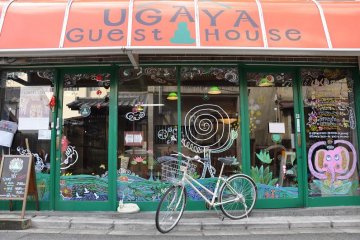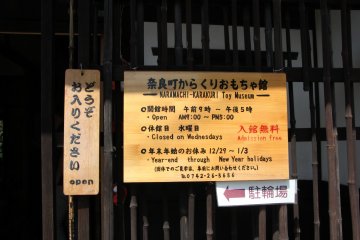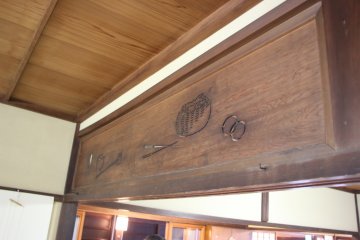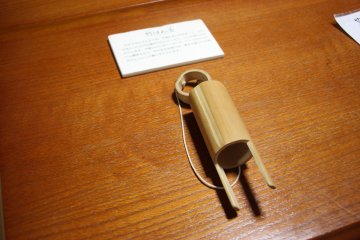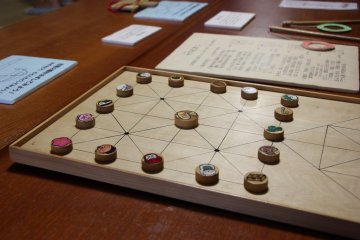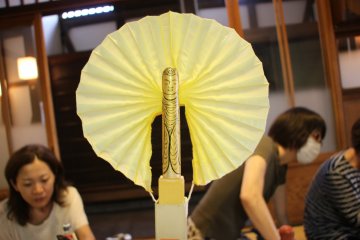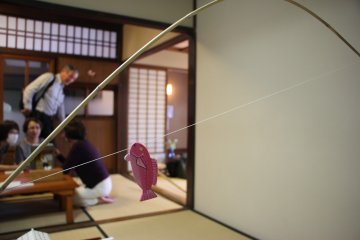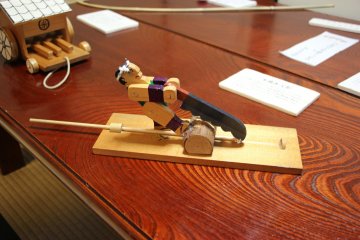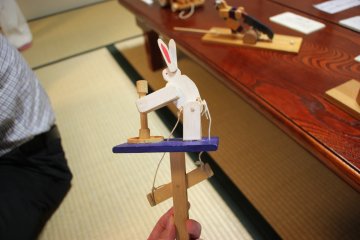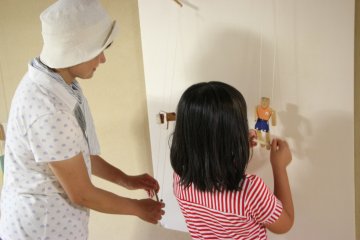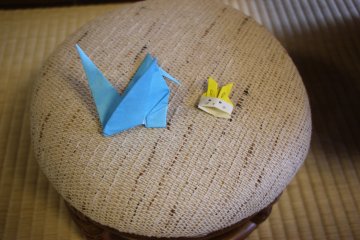While walking through Nara and looking at its houses you can see and feel its rich history in every element. Every detail is full of antiquity. Several days ago I was wandering along the streets of Nara and when I saw some beautiful mountains on my right; I turned and found the Edo Period Toy Museum. The building itself dates from the same time. Admission was free.
Full name of this museum is Naramachi Karakuri Toy Museum. Karakuri means "mechanism" or "trick" in Japanese. The peculiarity of this place is that visitors come here to not just look at the toys but to play with them as well. Considering the fact that there were no any artificial materials in those times, all toys are eco-friendly and made from bamboo, handmade paper and wood.
I was greeted in a very friendly way and the museum staff explained me how to play with the toys. All the toys, such as the puppets, are mechanical, allowing you to interact with them. Some of them were familiar to me, some of them were totally new. For example, a toy that trains you to hook a fish (it's a very important skill for Japanese people since the sea is everything to them!) The most interesting toy for me is a man that stands inside the box and beats the bell without any visible impact. It turned out that behind the box there is a lever with sand which spills out from the lever and then comes back to it.
In this house from 1823, there is also a small tea room for tea ceremonies and under the ceiling there are silhouettes of different items needed for the tea ceremony, which are cut in wood. Since the house was build in traditional style it has a tokonoma space and stairs which also serves as a repository for various items. You can also see a wonderful Japanese garden from the house.
Mr. Hayashi, one of the museum workers told me that there were several hundreds of toys in the collection, and the exhibition changed every two months. At the time when I visited the museum twenty toys had been represented. It was surprising that there are more adults visiting than children. But it was Saturday when I was there and children didn't go to school, so there were quite a lot of them on that day. The house and the grounds were donated by the owner, Mr. Matsui, so everyone can come here and touch the history because these toys were not just entertainment, they are a reflection of the perception of the world and how parents were preparing their children for it, as well as a demonstration of the creativity of the handicrafts at the time.
Museum staff occasionally organize different events that introduce the toys from the Edo (1603-1868) to Showa periods (1926-1986) to the public.
At parting, I was presented with a paper crane and hare. I reminisced with the three museum workers there and they were all very kind. They were surprised that I was from Russia but noted that foreigners come to this old merchant house pretty often so the staff here speaks English. Even if you don't speak Japanese you can enjoy this experience, as interacting with these toys and puppets bring people of different cultures together. They also gave me some brochures in English and Japanese to learn more about this place. I would definitely recommend this extraordinary place and explore the amazing mechanical toys of the Edo period. Admission is free but it is closed on Wednesdays.





